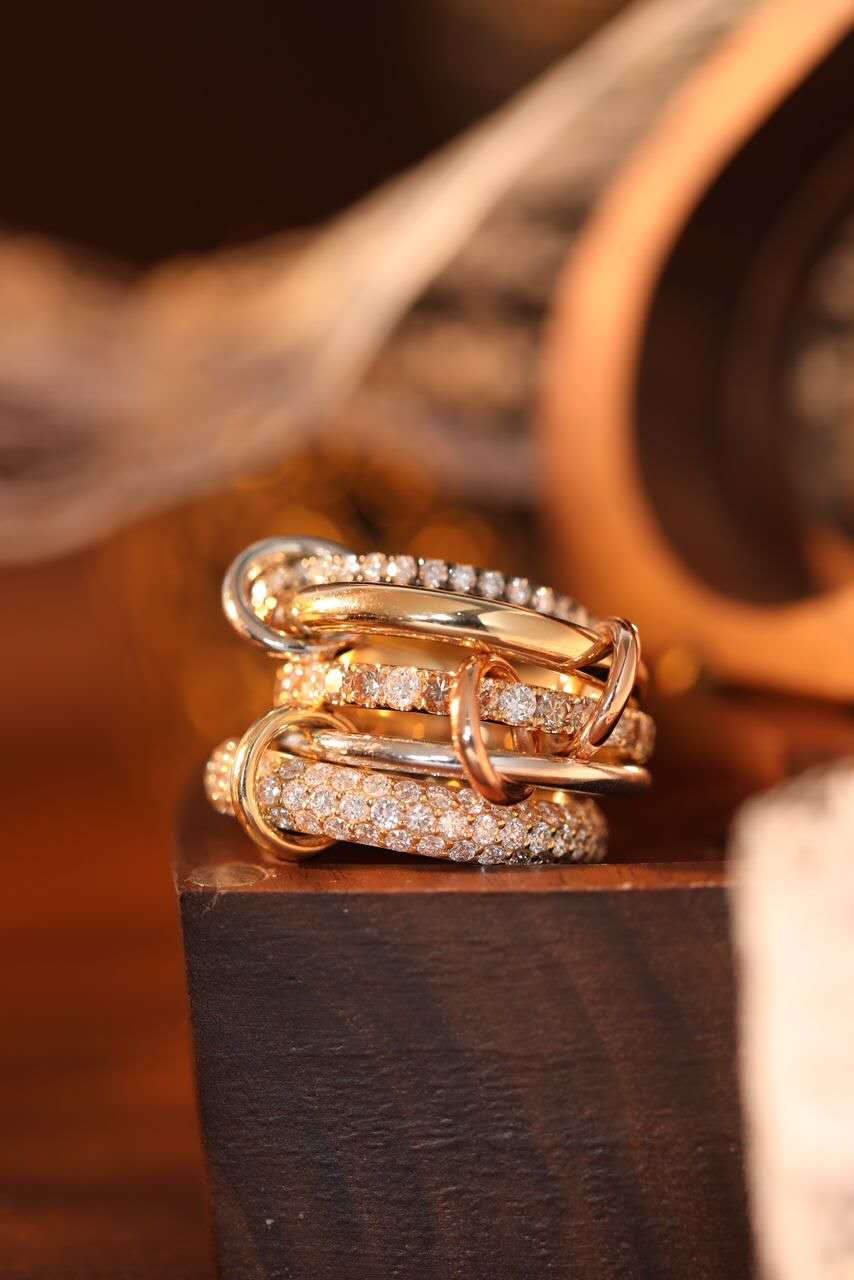Lab grown diamonds business
In today's society, diamonds have become a kind of jewelry that symbolizes luxury and quality. However, over the past few years, a new type of diamond production technology has emerged: laboratory-grown diamonds, also known as "man-made diamonds" or "chemical vapor deposition diamonds." These diamonds are man-made rather than naturally occurring, but they have similar appearance and physical properties to natural diamonds. In this article, we explore the commercial prospects and trends for lab-grown diamonds.

1. The development history of laboratory-produced diamonds
Laboratory-produced diamonds are not a new thing. As early as the 1950s, engineers began to try to use high-pressure and high-temperature technology to create diamonds. However, this method is very expensive and time-consuming, and the quality of the resulting diamonds is far inferior to that of natural diamonds. Therefore, lab-grown diamonds are not widely used in the jewelry industry.
With the advancement of science and technology and the development of new production techniques, the quality and quantity of laboratory-grown diamonds have been greatly improved. Today, the mainstream method for producing diamonds in the laboratory is chemical vapor deposition. This method creates synthetic diamonds with structures and properties similar to those of natural diamonds by implanting carbon atoms ions into a diamond crystal substrate in a vacuum environment.
2. Commercial prospects of laboratory-produced diamonds
Environmental protection and sustainability
Laboratory-grown diamonds offer many environmental and sustainability advantages over traditional mining methods. Traditional mining methods require the extraction of huge land and mineral resources and cause great damage to the environment. In contrast, laboratory-produced diamonds can be produced on a small scale, reducing damage to the natural environment. In addition, laboratory-grown diamonds save a lot of energy and water and reduce carbon dioxide emissions.
Price and availability
As the technology of laboratory-grown diamonds continues to improve, their prices are getting closer to those of natural diamonds. In fact, in certain qualities and types of diamonds, lab-grown diamonds are already cheaper than natural diamonds. Additionally, lab-grown diamonds can be produced on a large scale, increasing supply and lowering prices.
Quality and features
Lab grown diamonds have very similar physical properties and appearance to natural diamonds. Their hardness, refractive index, and optical properties are so close that they are almost indistinguishable. Additionally, lab-grown diamonds have some properties not found in natural diamonds, such as more uniform color and fewer inclusions.
Innovation and personalization
Lab grown diamonds can create not only traditional white round diamonds, but also a variety of different colors, shapes, and sizes. This brings more space for creation and choice to jewelry designers and consumers, and also makes the jewelry market more diverse and personalized.
3. Business Trends in Laboratory-Grown Diamonds
Market share continues to increase
As the technology and quality of laboratory-grown diamonds continue to improve, their share of the jewelry market continues to increase. According to forecasts by some professional organizations, the market share of laboratory-grown diamonds is expected to reach 15% to 20% by 2035.
The difference between synthetic diamonds and natural diamonds is getting smaller and smaller
As the technology for lab-grown diamonds continues to improve, the gap between them and natural diamonds is gradually narrowing. Many consumers have begun to recognize the quality and value of laboratory-grown diamonds and are willing to purchase this type of diamond. This has also prompted the jewelry industry to pay more attention to laboratory-grown diamonds and regard it as the future development direction.
The rise of emerging markets
Laboratory-grown diamonds have become a staple product in some emerging markets. For example, there is an increasing demand for laboratory-grown diamonds in the jewelry market in countries such as India and China. This also shows that the future commercial prospects of laboratory-produced diamonds are very broad.
